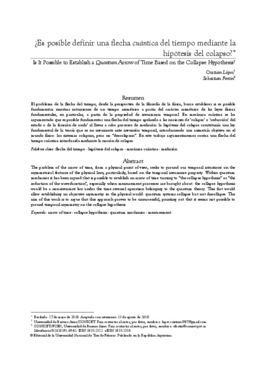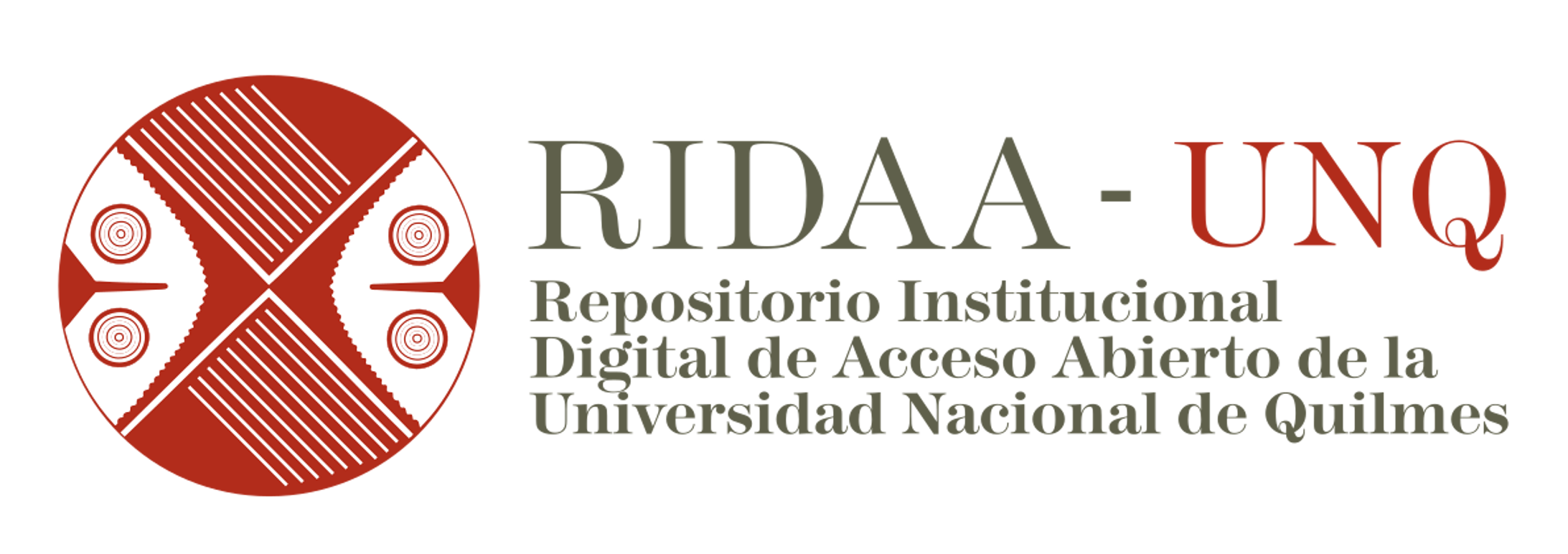¿Es posible definir una flecha cuántica del tiempo mediante la hipótesis del colapso?
Is it possible to establish a quantum arrow of time based on the collapse hypothesis?

Visualizar/
Data
2019-04-01Autor
López, Cristian; Fortin, SebastianMetadata
Mostrar registro completoResumo
El problema de la flecha del tiempo, desde la perspectiva de la filosofía de la física, busca establecer si es posible fundamentar nuestras intuiciones de un tiempo asimétrico a partir del carácter asimétrico de las leyes físicas fundamentales, en particular, a partir de la propiedad de invariancia temporal. En mecánica cuántica se ha argumentado que es posible fundamentar una flecha del tiempo apelando a las nociones de ‘colapso’ o ‘reducción’ del estado o de la función de onda’ al llevar a cabo procesos de medición: la hipótesis del colapso constituiría una ley fundamental de la teoría que es no invariante ante inversión temporal, introduciendo una asimetría objetiva en el mundo físico: los sistemas colapsan, pero no “descolapsan”. En este trabajo argumentaremos contra una flecha del tiempo cuántica introducida mediante la noción de colapso. The problem of the arrow of time, from a physical point of view, seeks to ground our temporal intuitions on the asymmetrical features of the physical laws, particularly, based on the temporal invariance property. Within quantum mechanics it has been argued that is possible to establish an arrow of time turning to “the collapse hypothesis” or “the reduction of the wave-function”, especially when measurement processes are brought about: the collapse hypothesis would be a non-invariant law under the time reversal operation belonging to the quantum theory. This fact would allow establishing an objective asymmetry in the physical world: quantum systems collapse but not discollapse. The aim of this work is to argue that this approach proves to be unsuccessful, pointing out that it seems not possible to ground temporal asymmetry on the collapse hypothesis.
